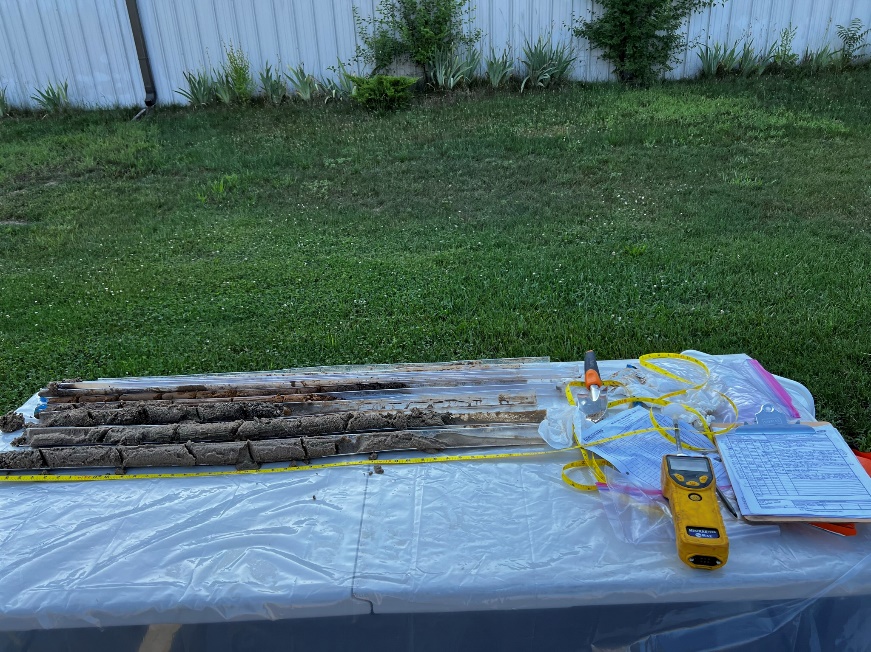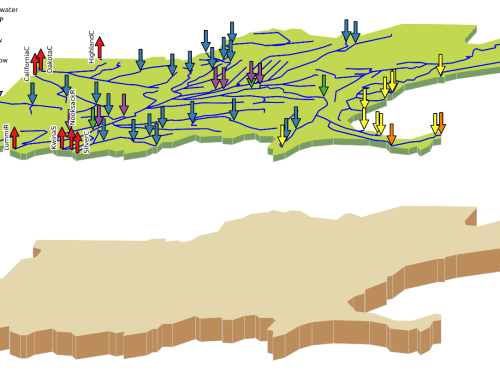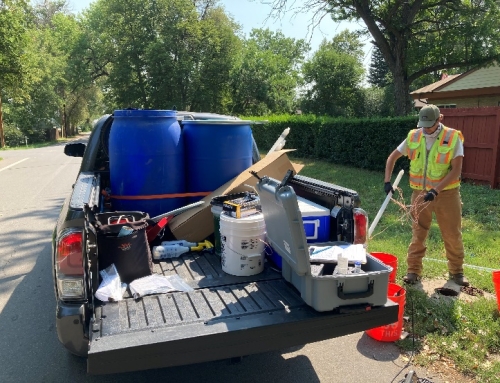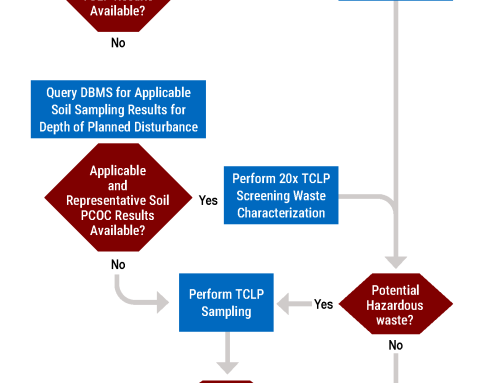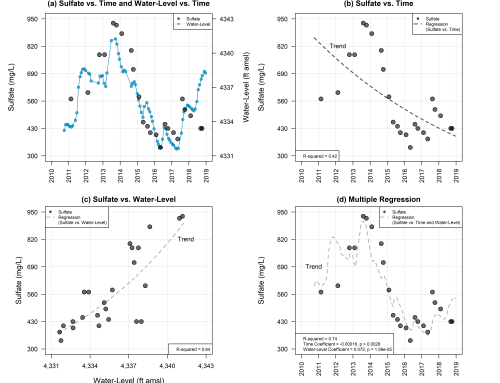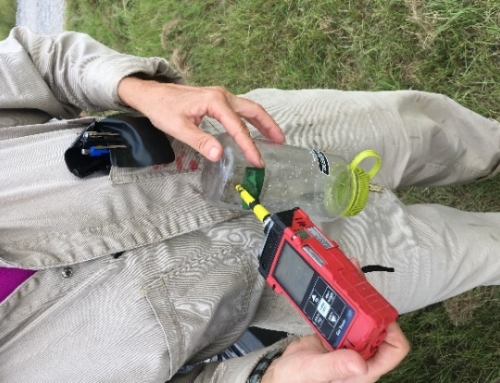The Lane Street Ground Water Contamination Site was listed on the National Priorities List (NPL) in 2009 after concentrations of trichloroethene (TCE) and associated degradation products and other volatile organic chemicals were found in exceedance of Maximum Contaminant Levels (MCLs) in samples collected from drinking water wells at 13 homes. A Record of Decision (ROD) was signed in 2016 that selected enhanced bioremediation. Prior to the design of the remedial system, a microcosm study using site groundwater and geologic material is underway to evaluate bacteria (dehalococcoides) toxicity factors, bioaugmentation amendments, and inform on options that will most effectively restore groundwater quality in the residential neighborhood.
SSP&A was retained by the U.S. Environmental Protection Agency (EPA) Region 5 to evaluate groundwater conditions at the site and to collect environmental media to support the microcosm studies. As part of this work, SSP&A identified a specialized laboratory subcontractor to perform the microcosm study (Clemson University) and participated in the development of the study workplan. SSP&A prepared for and performed groundwater and soil sampling following EPA’s data quality program, including preparation of a Uniform Federal Policy (UFP) Quality Assurance Project Plan (QAPP), Field Sampling Plan, and Field Report including data validation. Environmental media was collected and shipped to the specialized laboratory under anaerobic conditions to serve as a basis for the microcosm study.
SSP&A is involved in the evaluation of the microcosm study progress to identify the most promising remedial amendments and parameters to design the remedy based on the results of qPCR assays to characterize microbial populations, redox conditions, concentrations of organic chemicals, volatile fatty acids and major ions. Microcosm amendments evaluated include lactate; lactate with KB-1 bioaugmentation culture; emulsified vegetable oil (EVO); EVO with KB-1 bioaugmentation culture; microscale Zero-Valent Iron (ZVI); microscale ZVI + EVO, and colloidal activated carbon.

